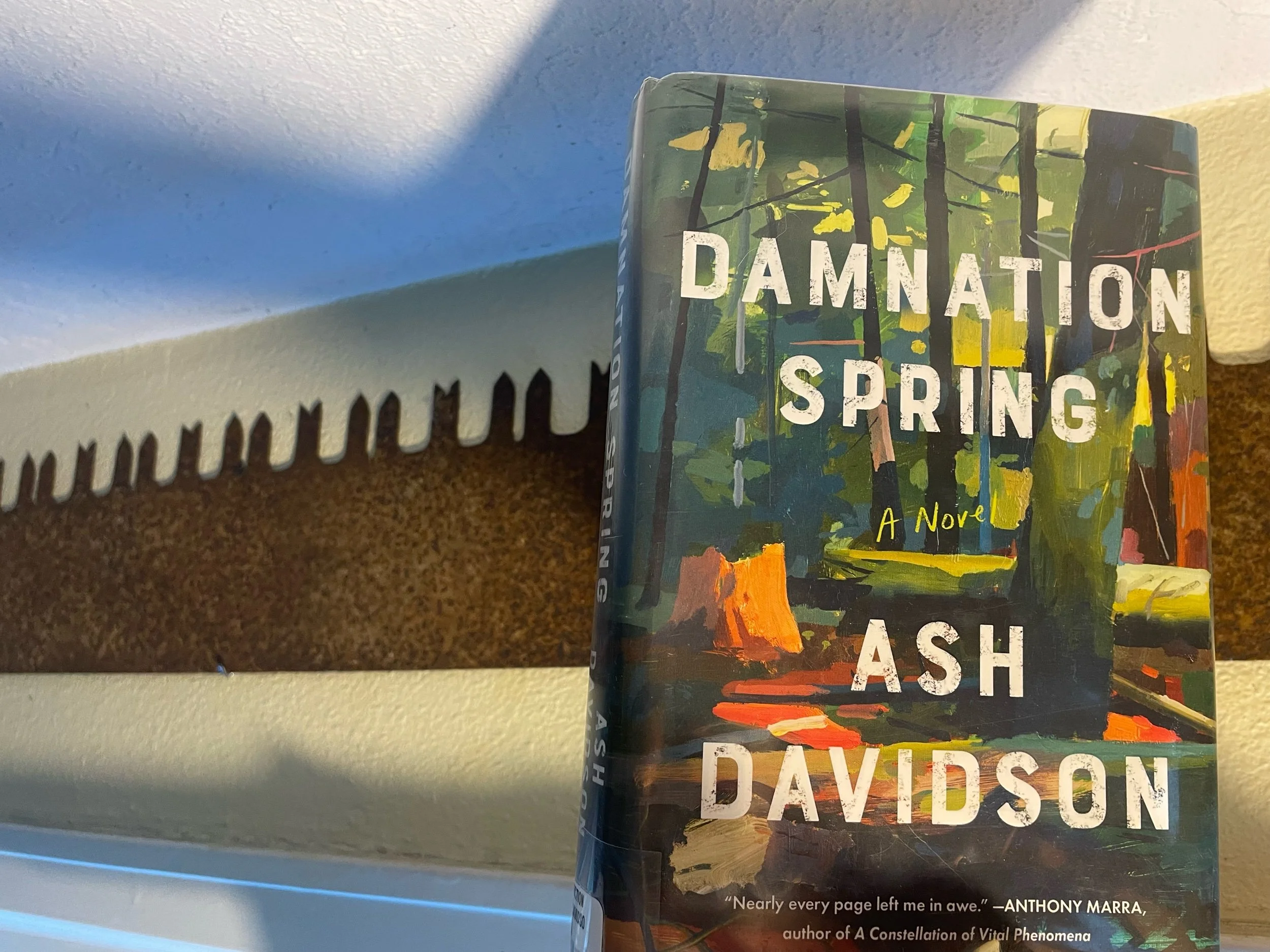Some books zoom in on a place and its local culture, bound to the setting both in terms of geography and time in ways that pull the reader in. Ash Davidson’s debut novel Damnation Spring (2021) does just that. Readers cozy up with the book firmly in the 21st-century, but within sentences Davidson’s prose transports them to 1977 amid the coastal redwoods and gritty logging families of Northern California. As anyone with knowledge of 1970s logging communities knows, this book deals with some very difficult themes (things like premature death, poverty, miscarriage, and adultery to name a few). Rural towns like the one readers come to know intimately in Damnation Spring, witnessed major cultural upheaval during the 1970s. Growing public environmentalist sentiment and dwindling old growth logging opportunities led to heated conflicts which often pitted neighbor against neighbor. It is a conflict that continues to play out in logging
A few of my favorite reads…
CONTEMPORARY & CANONICAL ǁ NEW & OLD.
Fiction ※ Poetry ※ Nonfiction ※ Drama
Hi.
Welcome to LitReaderNotes, a book review blog. Find book suggestions, search for insights on a specific book, join a community of readers.


